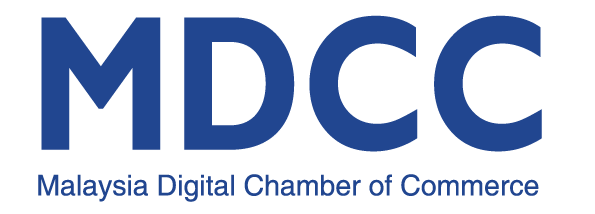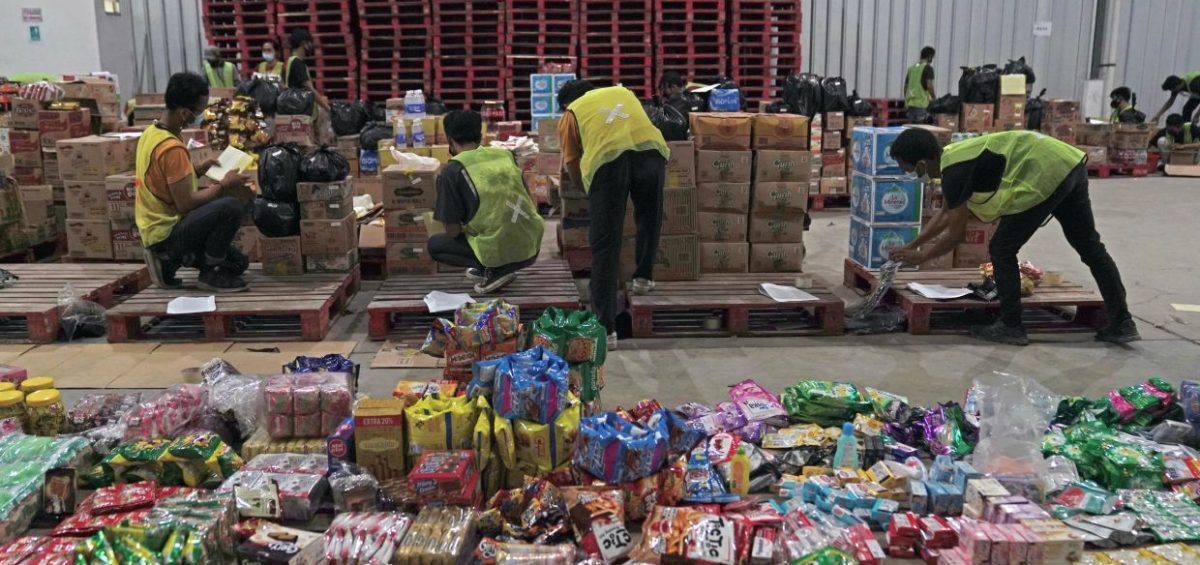The Philippines is continuing to bank on e-commerce and digital economy to speed up its economic recovery in the post COVID-19 pandemic period.
With the brick and mortar businesses hit by the global pandemic and lockdown measures, Commercial Attache at the Philippine Trade and Investment Centre in Kuala Lumpur (PTIC), Katrina Banzon said e-commerce sector in the Philippines has seen a surge in the midst of the pandemic.
“The Philippines recognises the importance of e-commerce and the digital economy as a key engine of growth and economic recovery,” she said in an interview with Bernama.
Data from Philippine Department of Trade and Industry (DTI) showed that e-commerce had contributed 3.4% or US$12bil (RM50.2bil) to the country’s gross domestic product (GDP) in 2020.
The Philippines is targeting to increase the revenue from e-commerce to US$17bil (RM71.12bil) or 4.3% of the GDP by 2021 and to US$24bil (RM100.4bil) or 5.5% of the GDP in 2022.
The DTI is also aimed to increase the number of e-commerce enterprises from 500,000 in 2020 to 750,000 by 2021, and to one million by 2022.
The e-CONOMY SEA 2020 Report also ranked the Philippines in second, after Indonesia, for the strongest uptake in adoption of e-commerce last year.
“The Philippines is a consumer-driven economy. With its 109 million population, 49 million of whom are part of the workforce, the domestic market of the Philippines is very attractive.
“Now, this consumer market is adopting e-commerce and e-payment faster than ever, with digital transformation happening on both ends of the spectrum (business and consumer). The market potential for e-commerce, especially mobile e-commerce, is really huge!,” she said.
She added that currently there were 163.7 million mobile subscribers in the country, with 76 million active social media users in the Philippines, 75 million in Facebook, 12 million in Twitter, and 6.7 million in LinkedIn.
Banzon said the Philippines has been working to facilitate greater adoption of digital economy.
These include policy regulations and frameworks that seek to support key areas of the digital economy, implement concrete initiatives that provide stakeholders with the opportunity and capacity to participate in the industry, and digitalisation of key government services.
Earlier this year, the government launched the Philippines e-Commerce Roadmap 2022 to boost e-commerce industry and ultimately aimed to create an e-commerce ecosystem that drives industry development, long-term employment, and inclusive growth.
The Business Name Registration System (BNRS) under the DTI reported a significant increase in the number of online sellers that registered their business last year.
From a mere 1,700 names in the first quarter of 2020, the number of online businesses registered increased to around 88,000 by end of 2020.
“As a testament to the growing e-commerce market, the BNRS statistic had tripled to 381% in the first quarter of 2021,” Banzon said.
Regionally, Banzon said the DTI is encouraging Philippine businesses to participate in virtual trade platforms in ASEAN and in the international arena to further drive business-to-business (B2B) interactions.
She added that the Philippines also remain committed to continue working with ASEAN member states in supporting e-commerce and the greater digital transformation agenda of the region, and towards the implementation the ASEAN Agreement on Electronic Commerce targeted this year.




Leave a Comment